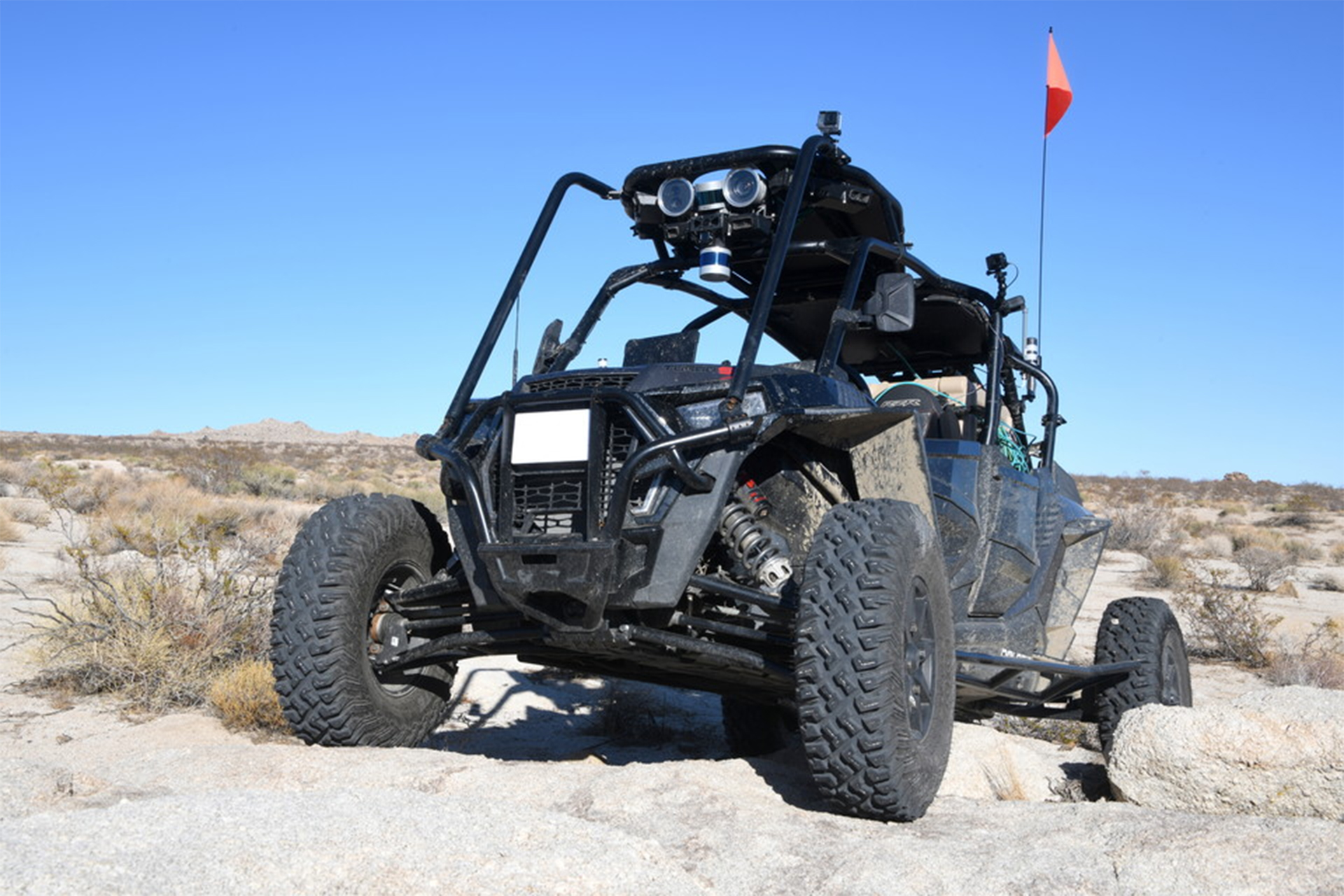The US Defense Advanced Research Projects Agency (DARPA) program for using robots in complex and flexible environments - called RACER - has completed a successful trial and is now moving to more challenging off-road areas in Camp Roberts, California, according to a statement. A journalist published by the agency in mid-September.
DARPA is the Defense Advanced Research Projects Agency of the US Department of Defense, responsible for developing emerging technologies for military use.
Off-road autonomy
The program stated that its goal was to "give driverless combat vehicles autonomy off-road while traveling at speeds consistent with those driven by people in realistic situations."
The autonomous software for DARPA's robotic systems was developed by Carnegie Mellon University, NASA's Jet Propulsion Laboratory and the University of Washington.
She tested these models in Experiment 1 earlier this year and is now participating in the new experiments.
Experiment 1 ran from March through April 2022 on 6 courses of combat-related terrain, each team running over 40 autonomous trails each about two miles long, reaching speeds of just under 32 kph.
DARPA is a Defense Advanced Research Projects Agency of the US Department of Defense responsible for developing emerging technologies for military use (communication sites)
“The biggest challenge the teams faced in this desert environment was the vehicles’ ability to identify, classify and avoid obstacles at higher speeds,” DARPA said in the statement. “The terrain at Fort Irwin presented a number of obstacles (rocks, bushes, ditches, etc.) which were a combination of significant hazards. (capable of causing serious damage to a vehicle) and minor obstructions (limited ability to damage a vehicle).”
"Since the first trial, the teams have worked to improve the visualization of the environment and the planning of navigable routes by developing new algorithmic techniques for autonomous control," said Stuart Young, Racer Program Manager at DARPA's Office of Technology.
"DARPA's fleet of Racer vehicles used in the program are high-performance all-terrain vehicles, equipped with world-class computing and computing capabilities, but the team's focus is on computational solutions as this platform faces increasingly complex off-road terrain," he added.
The ability of machines to control
Experiment 2 will now see teams trained to navigate environmental obstacles found in the desert environment, primarily testing robots' perception algorithms of these obstacles to also qualify them for new challenges consisting of larger and steeper hills.
This new adventure will test the machines' ability to maintain control, particularly down steep slopes, slippery surfaces and navigate trenches.
Teams must envision more long-term plans as they drive through or around a variety of obstacles in order to make the courses and complete the experience.
“We are monitoring unmanned ground vehicles that can maneuver off-road at limited speeds only, to ensure sensor performance, mechanical constraints and safety,” Young said. off road".

